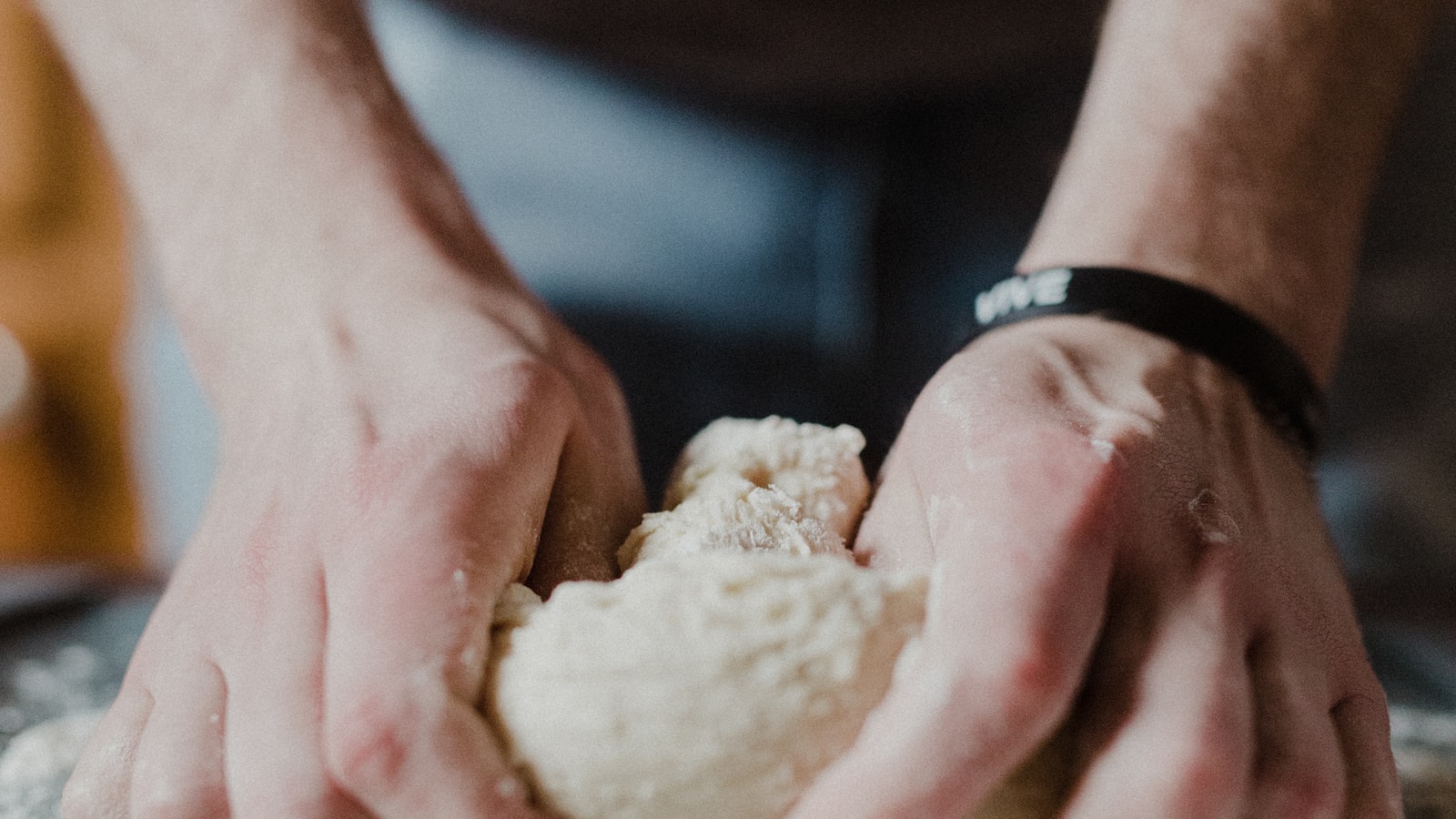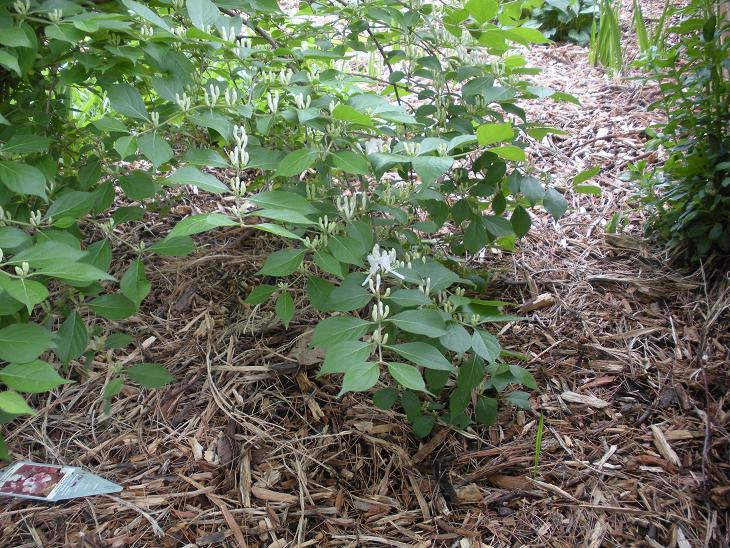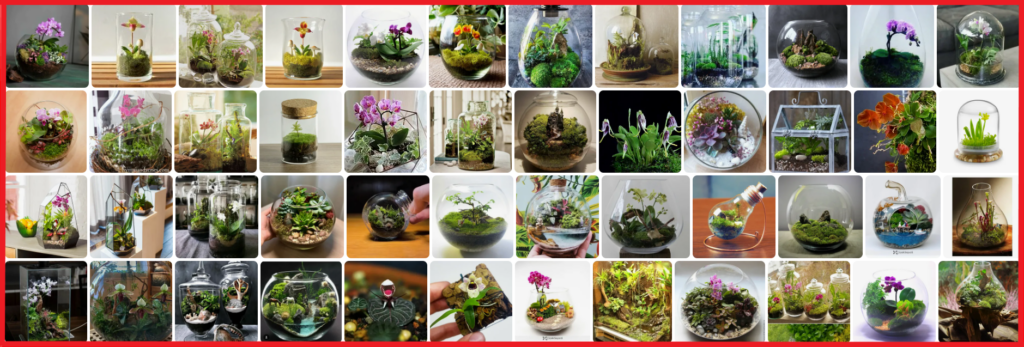Unraveling the enigmatic secrets of the natural world, there lies a perennial question that has perplexed even the most green-thumbed enthusiasts amongst us: why, oh why, is my honeysuckle not flowering? Amidst a symphony of vibrant colors and intoxicating aromas, this humble and coveted vine, with its endless grace and delicate beauty, has become a beloved addition to any garden. Yet, hidden within its foliage, a dilemma often arises, leaving us wondering what earthly forces conspire against our honeysuckle’s magnificent blooms. In this exploration, we delve into the cryptic struggle, seeking not only answers but perhaps a deeper understanding of Mother Nature’s whimsical ways. So, dear gardener, prepare to embark on a quest through the maze of horticultural wisdom as we unravel the mystery behind stubbornly elusive honeysuckle blooms.
1. Lack of Proper Pruning: Encouraging Honeysuckle Blooms Through Pruning Techniques
Optimize Your Honeysuckle’s Blooms with the Right Pruning Techniques
Do you find yourself admiring your neighbor’s vibrant honeysuckle blooms while wondering why your own honeysuckle seems to be lacking in the flower department? Well, fret not! In this post, we will explore how proper pruning techniques can work wonders in encouraging your honeysuckle to burst into a colorful bloom extravaganza that will make your garden the envy of all.
Don’t let your honeysuckle suffer from lackluster blooms any longer. Here are some expert pruning tips to bring out the full potential of your plant:
| Pruning Technique | Benefits |
|---|---|
| Deadheading | Promotes repeat blooming by removing spent flowers and preventing seed production. Deadheading also directs the plant’s energy towards new growth and stimulates further flower production. |
| Thinning Out | Improves airflow and light penetration, which in turn enhances blooming and reduces the risk of disease. By selectively removing older, tangled, or congested branches, you allow fresh growth to flourish. |
| Directional Pruning | Encourages the plant to grow in a desired direction and shape, facilitating better support and aesthetics. By training the honeysuckle to grow in a controlled manner, you can ensure a more balanced and visually appealing display of blooms. |
Remember, understanding the specifics of your honeysuckle variety is crucial when implementing pruning techniques. With a little patience and the right approach, you’ll soon witness your honeysuckle transformed into a breathtaking floral masterpiece. So, grab your pruning shears and get ready to unleash the blooming potential of your beloved honeysuckle!

2. Environmental Factors: Understanding How Light, Soil, and Moisture Affect Honeysuckle Flowering
The lack of blooming on your honeysuckle plant might be a puzzling situation, but fear not, as understanding the environmental factors that influence its flowering will help you find the missing piece to this botanical puzzle. Let’s delve into the intricate relationship between light, soil, and moisture and how they play a vital role in your honeysuckle’s blossoming.
When it comes to light, honeysuckle craves bright, indirect sunlight to thrive. Insufficient exposure to sunlight can hinder the plant’s ability to produce flowers. Ideally, your honeysuckle should receive at least six hours of sunlight daily. Be mindful to ensure that it is not exposed to intense, direct sunlight for prolonged periods as this may scorch the delicate foliage. If your honeysuckle is not flowering, consider the light it receives and perhaps relocate it to a spot with better sun exposure.
The next factor to consider is the soil. Honeysuckle plants have a preference for well-draining soil that is rich in organic matter. If the soil is too compact or lacks nutrients, it may struggle to support the growth and flowering of the plant. Adding compost or organic matter to the soil can enhance its fertility, aiding in the production of beautiful blooms. Additionally, ensure that the soil has a pH level that falls within the slightly acidic to neutral range. A pH level that is too high or too low can inhibit flower production. Take the time to check the soil conditions and make necessary amendments to help your honeysuckle burst into a magnificent display of flowers.
As you navigate the world of honeysuckle care, here’s a handy table outlining some features and tips to enhance your understanding of the environmental factors affecting its flowering:
| Feature/Tips | Description |
|---|---|
| Light Exposure | Provide six hours of bright, indirect sunlight daily. |
| Soil Quality | Ensure well-draining soil rich in organic matter with a slightly acidic to neutral pH range. |
| Moisture | Maintain consistent soil moisture levels, avoiding both waterlogged and overly dry conditions. |
By paying attention to the light, soil, and moisture needs of your honeysuckle, you’ll be well on your way to coaxing out those tantalizing blooms. Remember, a little adjustment in the right direction can make all the difference in transforming your honeysuckle into a stunning flowering spectacle. Happy gardening!
3. Nurturing Nutritional Needs: Feeding Your Honeysuckle to Stimulate Flower Production
Honeysuckle is a beautiful and fragrant addition to any garden, but it can be disheartening when your honeysuckle fails to produce those vibrant flowers you were hoping for. Luckily, there are several steps you can take to nurture your honeysuckle’s nutritional needs and stimulate flower production.
Firstly, it’s essential to ensure that your honeysuckle is getting enough sunlight. These plants thrive in a sunny location, so make sure they receive at least six to eight hours of direct sunlight each day. If your honeysuckle is grown in a shady spot, it may not have enough energy to produce flowers. Consider moving it to a sunnier area or pruning nearby trees or plants to allow more light to penetrate.
| Features | Tips |
|---|---|
| Regular watering to keep the soil moist but not waterlogged | Mulching around the base of the plant to conserve moisture and regulate temperature |
| Applying a balanced fertilizer during the growing season | Pruning the honeysuckle during late winter or early spring to promote new growth and flowering |
| Supporting the vine with a trellis or support structure to encourage upward growth | Removing any dead or damaged branches to improve air circulation and prevent diseases |
Additionally, pay attention to your honeysuckle’s nutritional needs. Regular watering is crucial to keep the soil moist but not waterlogged, as excessive moisture can lead to root rot. Mulching around the base of the plant helps conserve moisture, regulate temperature, and suppress weed growth. Applying a balanced fertilizer during the growing season can provide the necessary nutrients for optimal flower production.
Lastly, don’t forget to prune your honeysuckle during late winter or early spring. Pruning encourages new growth and flowering. Remove any dead or damaged branches to improve air circulation and prevent diseases. Supporting the vine with a trellis or support structure will help your honeysuckle grow upward and create more space for new flowers to bloom. By following these nurturing tips and taking care of your honeysuckle’s nutritional needs, you’ll soon be rewarded with a profusion of beautiful and fragrant flowers.

4. Potential Pest Problems: Identifying and Addressing Common Honeysuckle Pests and Diseases
Why is my Honeysuckle Not Flowering
Are you eagerly waiting for your honeysuckle to bloom, only to be disappointed when it doesn’t? While honeysuckles are typically low-maintenance and reliable bloomers, there can be several reasons why your plant is not producing those glorious blossoms. Don’t fret! In this post, we’ll explore some common issues that can hinder honeysuckle flowering and provide you with practical solutions to help get those vibrant flowers back in your garden.
Lack of Sunlight: Honeysuckles thrive in full sunlight, so if your plant is not getting at least six hours of direct sunlight a day, it may struggle to bloom. Consider moving it to a location where it can receive ample sunlight to encourage flowering.
| Feature/Tips | Description |
|---|---|
| Regular Pruning | Honeysuckles benefit from regular pruning to promote healthy growth and flowering. Prune in late winter or early spring to remove dead or weak growth and encourage new shoots. |
| Adequate Watering | Ensure your honeysuckle receives consistent watering, especially during dry spells. Water deeply at the base of the plant to encourage root development and overall health. |
| Proper Fertilization | Feeding your honeysuckle with a balanced fertilizer rich in phosphorus can stimulate flowering. Apply the fertilizer in early spring and mid-summer according to the instructions. |
Poor Soil Quality: Honeysuckles prefer nutrient-rich, well-draining soil. If your plant is not blooming, it could be due to poor soil conditions. Consider adding organic matter, such as compost or well-rotted manure, to enrich the soil and improve its drainage.
By addressing these common issues and following the tips above, you should be well on your way to a honeysuckle plant that bursts with beautiful and fragrant flowers. Remember, patience is key, so continue providing the necessary care, and your honeysuckle will reward you with a captivating display of blossoms in no time!
Frequently Asked Questions
Q: Why is my honeysuckle not flowering?
A: The Mystery of the Blooming Bloomers Unveiled!
Q: I’ve been dancing amongst the hummingbirds and waiting for my honeysuckle to bloom, but alas, no flowers. What’s going on?
A: Oh, Floral Enthusiast, fear not, for we have asked the honeysuckle whisperers and they have unraveled the riddle of the blossoming blooms!
Q: Are there any secret tricks or hidden reasons behind the shyness of my honeysuckle?
A: Gather around, curious cultivators, as we unveil the hidden whispers of the honeysuckle kingdom, shedding light on the enchanting mysteries of their non-flowering ways. As we conclude our exploration into the realm of elusive honeysuckle blooms, we find ourselves pondering the hidden mysteries of nature. While the absence of vibrant blossoms may cause disappointment, dear reader, let us not lose hope. The enigmatic, unpredictable nature of these captivating vines wraps us in a shroud of curiosity, urging us to delve deeper into their secrets. Remember, dear reader, that nature, with all its marvels, is a tapestry of endless wonder. So, as the seasons change and the sun graces our gardens once more, let us keep our eyes open for that transcendent moment, when the honeysuckle finally unveils its breathtaking blooms, reminding us of the intricate dance between cultivated beauty and the whimsical whims of Mother Nature. So, embrace the mystery, cultivate your patience, and revel in the grace of your honeysuckle, for in due time, it shall reward your steadfast devotion with a breathtaking display of nature’s magic.
- When to Put Weed and Feed on Lawn in Michigan - October 16, 2023
- When to Fertilize Potatoes Plants - October 16, 2023
- Can You Plant Clover in the Spring - October 16, 2023
Contents
- 1 1. Lack of Proper Pruning: Encouraging Honeysuckle Blooms Through Pruning Techniques
- 2 2. Environmental Factors: Understanding How Light, Soil, and Moisture Affect Honeysuckle Flowering
- 3 3. Nurturing Nutritional Needs: Feeding Your Honeysuckle to Stimulate Flower Production
- 4 4. Potential Pest Problems: Identifying and Addressing Common Honeysuckle Pests and Diseases
- 5 Frequently Asked Questions

